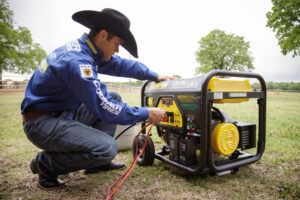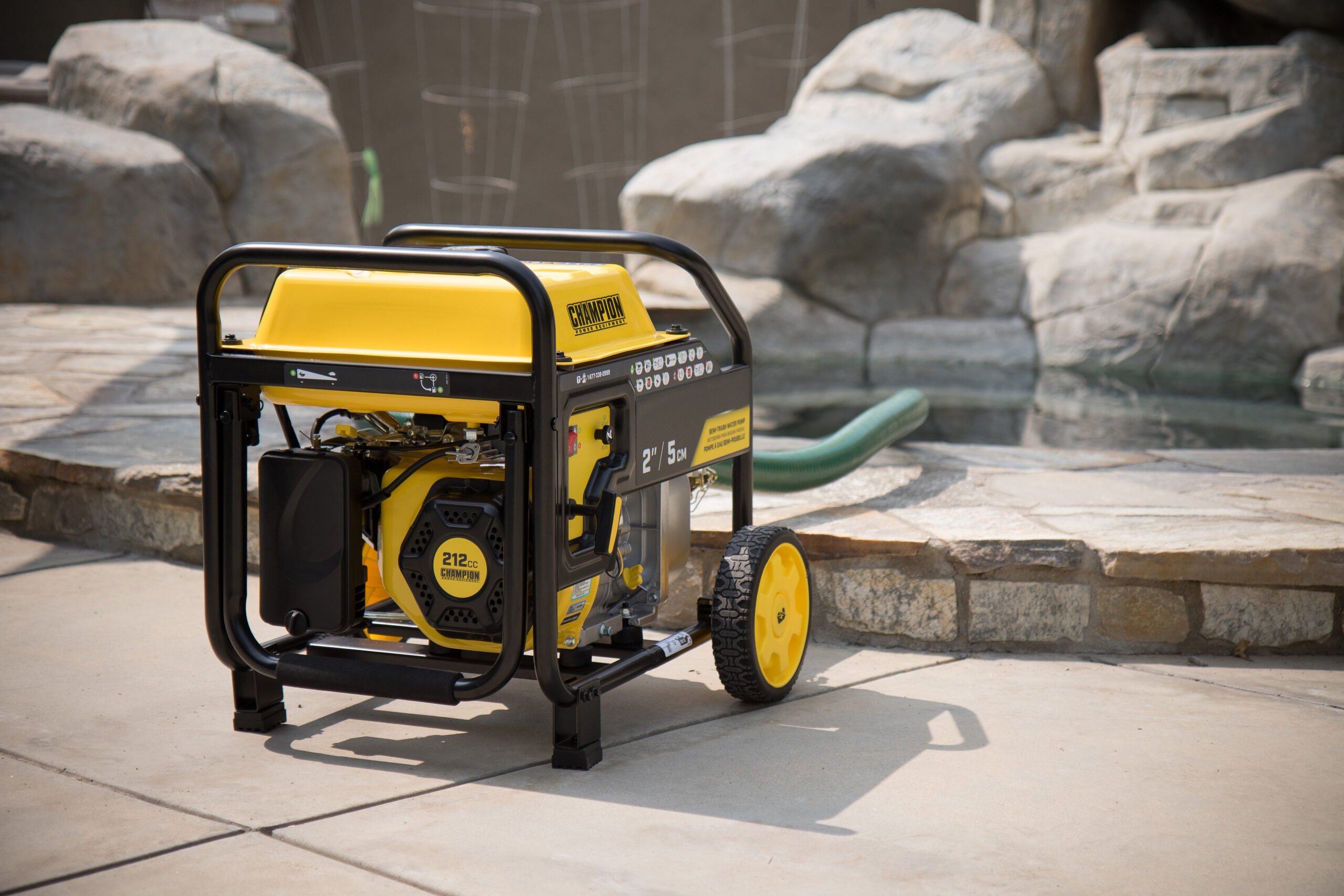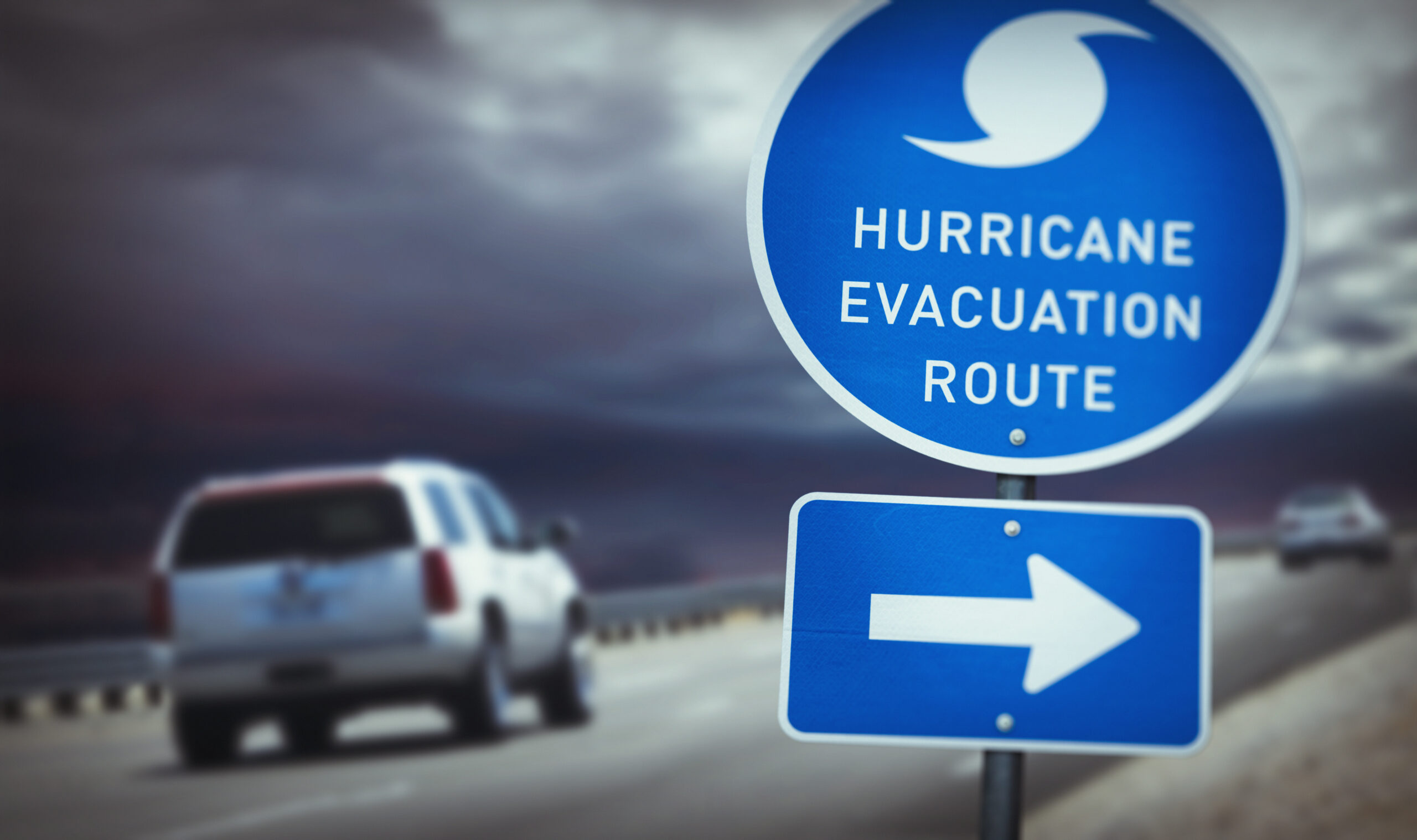Powering a Remote Life: Why Generators are a Must-Have
In an increasingly connected world, there are still many places where utility power isn’t readily available. Whether living remotely by choice or necessity or working remotely in locations without access to a reliable power grid, having a dependable power source is critical. Generators are an essential asset in these situations, providing the electricity needed to maintain modern conveniences and perform vital tasks. Here’s a closer look at how generators support remote living and work environments.
Before delving into the benefits of using generators in remote environments, it’s crucial to emphasize that portable generators are designed to be used as a backup or supplemental power source rather than as a replacement for the utility grid. While they provide essential power during outages and in locations lacking infrastructure, they are not meant to serve as the primary power source for extended periods. Relying on a generator as prime power can lead to excessive wear, higher fuel consumption, and potential safety hazards. Portable generators should supplement power needs during emergencies, peak usage times, or in remote locations where temporary power is needed. When operating beyond its intended design, the generator might fail to function during critical moments, such as emergencies.
Benefits
- Power Independence – Living remotely, whether in a cabin in the woods, a remote homestead, or a tiny home off the grid, requires a dependable power source to maintain your quality of life. Generators provide an additional source of electricity needed to run essential appliances, lighting, and heating systems, giving you the freedom to live remotely.
- Sustaining Essential Appliances – Many essential household appliances require steady and reliable power. Portable generators can provide peace of mind by acting as a backup source for appliances including:
- Refrigeration: Keeps food fresh and prevents spoilage.
- Heating and Cooling Systems: Maintains comfortable living conditions in varying climates.
- Water Pumps: Ensures access to clean water for drinking, cooking, and hygiene.
- Communication Devices: Keeps you connected to the outside world through phones, internet routers, and radios.
- Support for Renewable Energy Systems – Generators can complement renewable energy sources like solar panels and wind turbines, providing backup when weather conditions are unfavorable.
- Emergency Preparedness – In remote locations, power outages due to natural disasters or severe weather can be more frequent and prolonged. Having a generator on hand ensures that you have backup power during emergencies, keeping you safe and your critical systems running.
- Cost-Effective – Over time, it can be a cost-effective solution for power needs, especially when compared to the costs of installing extensive grid infrastructure in remote locations.
Choosing the Right Generator for Remote Living and Work
- Power Output and Capacity – Select a generator with the appropriate wattage to meet your power needs. This includes considering both peak (starting) and running watts to ensure all your equipment and appliances can operate simultaneously without overloading the generator.
- Fuel Type Options – Generators come in various fuel types, including gasoline, propane, and dual or Tri Fuel options:
- Gasoline: Easily available but requires safe storage and has a shorter shelf life.
- Propane: Cleaner burning and can be stored longer without degradation.
- Dual or Tri Fuel: Offers the flexibility to switch between different fuels depending on availability and cost.
- Durability and Weather Resistance – For remote living and work environments, a generator must be built to withstand harsh conditions. Look for generators with rugged construction. Also consider adding all-weather protection, such as the Champion Storm Shield, to ensure reliable performance in extreme weather.
- Noise Levels – Quiet operation is critical in maintaining a peaceful remote living environment and not disturbing wildlife or local communities during remote work. Inverter generators are known for their quieter performance compared to traditional models.
Champion Remote Living Portable Generators
Champion Power Equipment offers a range of generators that are perfect for remote living. These generators are designed to provide reliable power, whether you’re in a distant cabin or doing work in a remote location that requires electricity to power your tools. Here are some Champion generators ideal for remote living:
- Versatility: This can run on either gasoline or propane, offering flexibility in fuel choices.
- Power Output: Available in various wattage options to suit different power needs.
- Lower Maintenance: Designed for long-lasting performance with minimal upkeep when only operating on propane.
- Fuel Options: Can run on gasoline, propane, or natural gas right out of the box, providing unmatched fuel flexibility.
- Consistency: Reliable power output for remote work scenarios.
- Lowest Maintenance: Designed for long-lasting performance with minimal upkeep when only operating on propane or natural gas.
- Clean Power: Produces stable and clean electricity, perfect for sensitive electronics like smartphones, laptops, and tablets.
- Quiet Operation: Notably quieter than traditional generators, ideal for maintaining a peaceful environment.
- Fuel Efficiency: Inverter technology offers improved fuel efficiency, making them cost-effective for long-term use.
At Champion, our committed customer support team is always on standby to assist you. We recognize that delays in getting help can be aggravating, so our team of highly trained and certified experts is available around the clock via phone or live chat to provide instant support. For those who prefer a DIY approach, our Help Center boasts a comprehensive array of articles and resources, enabling you to quickly find the solutions you need. Additionally, our YouTube channel offers a variety of technical videos that cover a broad spectrum of topics, including maintenance and troubleshooting.


